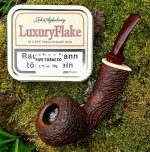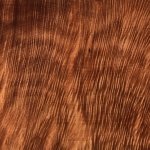A nice little surprise, Terry.About a decade ago I bought a new Dunhill Shell 4203 saddle billiard from SPC and only when it arrived and I looked at the stampings did I learn it had been graded Ring Grain. It seems the designation had slipped through SPC's inventory logging unnoticed. It was like getting a Chance card in Monopoly--bank error in your favor!
I started this thread with the question "who or what determines when a shell grain is designated Ring Grain?"
There doesn't seem to be any hard or fast ruling, from what I've seen. Certainly, some of the newer Dunhill's designation of Ring Grain versus older ones, designated Shell Grain, prove that point.










